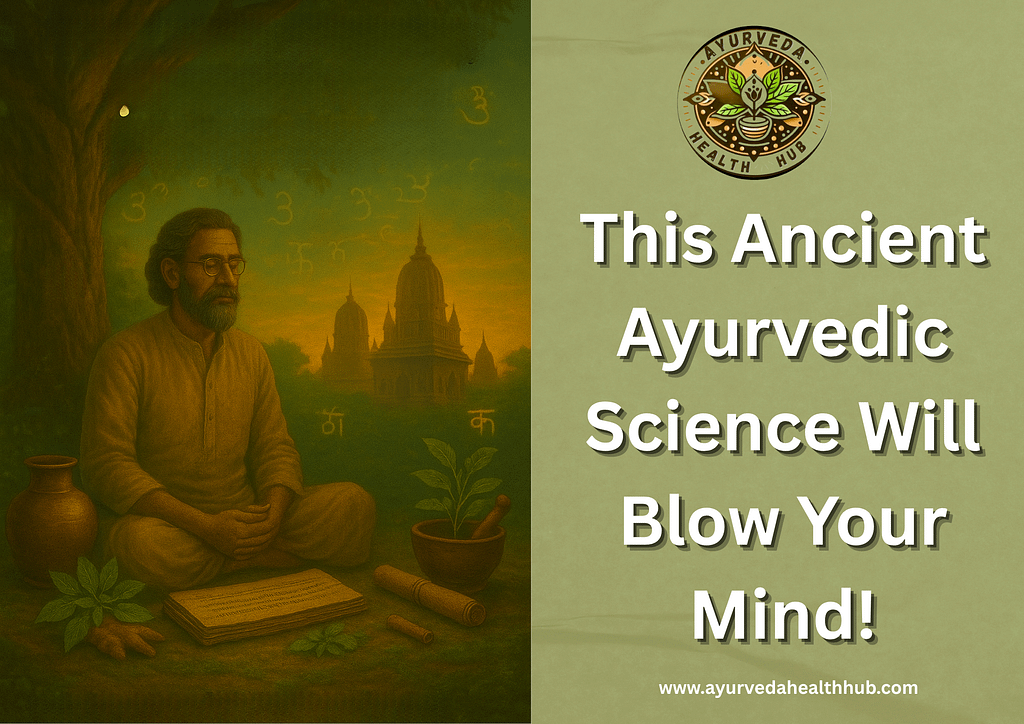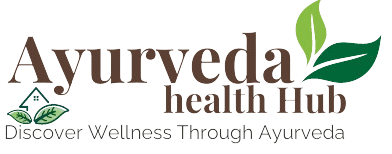
🔥 Introduction:
Imagine ancient ayurvedic science that existed thousands of years ago — long before modern hospitals, X-rays, or lab tests — yet knew how to classify the body, mind, and soul with astonishing precision. That science is Ayurveda, and at its foundation lies Padartha Vigyan, the philosophical bedrock of this healing tradition. Combine it with the fascinating Itihasa (History) of Ayurveda, and you’re in for a journey that will literally blow your mind.
🧠 What is Padartha Vigyan?
Let’s break down the big words.
Padartha means “object” or “thing” — basically, anything that exists.
Vigyan means “science” or “systematic knowledge.”
So, Padartha Vigyan is the science of everything that exists, especially as it relates to health, healing, and consciousness. Think of it like Ayurveda’s version of quantum physics and metaphysics combined.
Ayurvedic sages believed that to heal the body, you must understand the nature of the universe. Wild, right?
🔍 The Six Categories of Existence (Shad Padarthas):
In Padartha Vigyan, everything in the universe is grouped into six fundamental categories:
- Dravya (Substance): The physical stuff — like herbs, doshas, organs.
- Guna (Qualities): Hot, cold, light, heavy — all the traits that make something what it is.
- Karma (Action): What things do — digest, flow, burn, move.
- Samanya (Generality): Common traits that group similar things.
- Vishesha (Specificity): What makes something unique.
- Samavaya (Inherence): The permanent bond between substance and its qualities.
These aren’t just boring categories — they help Ayurvedic practitioners decide how to treat your imbalances, whether it’s acidity, anxiety, or chronic fatigue.
🌿 Ayurveda’s Mind-Blowing View of Reality
According to Padartha Vigyan, everything — yes, everything — is made up of five elements (Panchamahabhutas):
- Earth (Prithvi)
- Water (Apas)
- Fire (Tejas)
- Air (Vayu)
- Space (Akasha)
These aren’t just poetic concepts. They’re real forces in your body. For example:
- Fire = your digestive power (Agni)
- Air = your breath and nervous system
- Water = your lymph and plasma
Your Doshas (Vata, Pitta, Kapha) are made from these elements. That’s how Ayurveda customizes treatments. No one-size-fits-all here!
📜 A Look Back: The Glorious History (Itihasa) of Ayurveda
Ayurveda isn’t some new-age trend. It’s a 5,000-year-old system with roots in Vedic literature, passed down by rishis (sages) who meditated not for peace, but to understand life itself.
Here’s how Ayurveda evolved:
- Rigveda & Atharvaveda: First mentions of healing herbs and mantras.
- Charaka Samhita (~200 BCE): Classic text on internal medicine and ethics.
- Sushruta Samhita (~100 BCE): The OG surgical textbook — yes, surgery existed back then!
- Vagbhata’s Ashtanga Hridaya: Combines both Charaka and Sushruta knowledge.
Fun fact: Sushruta performed plastic surgery (like nose reconstructions) centuries before it became popular in the West. 🤯
💡 Why Should YOU Care?
Padartha Vigyan and Ayurveda Itihasa aren’t just for scholars. They offer powerful takeaways for your daily life:
- 🧘♂️ Understand your body’s natural constitution
- 🍲 Eat according to your Dosha to prevent illness
- 🌙 Sync your life with nature’s rhythms (Dinacharya)
- 🔬 Apply ancient logic to understand modern imbalances
🧪 Science is Catching Up!

Modern research is validating many Ayurvedic concepts:
- Curcumin (from Turmeric) is being studied for cancer and inflammation.
- Ashwagandha shows anti-stress and cortisol-reducing effects.
- Triphala aids digestion and detox — confirmed in clinical trials.
➡️ Even the concept of gut-brain connection, hot in modern medicine, has been part of Ayurveda since ancient times!
“Ayurveda vs Modern Medicine: A Truthful Comparison”
✨ Final Thoughts:
Ayurveda isn’t just about herbs and massages. It’s a complete science of life, and Padartha Vigyan is the cosmic blueprint behind it. The deeper you go, the more you realize — this isn’t ancient superstition, but timeless intelligence that today’s science is still trying to catch up with.
⚡ Mind Blown? Here’s What to Do NextUnlocking the History of Ayurveda: Ancient Wisdom for Modern Wellness:
👉 Explore your Dosha
👉 Try one Ayurvedic ritual this week (like tongue scraping or oil pulling)
👉 Share this article with someone who thinks Ayurveda is “just herbal tea”


